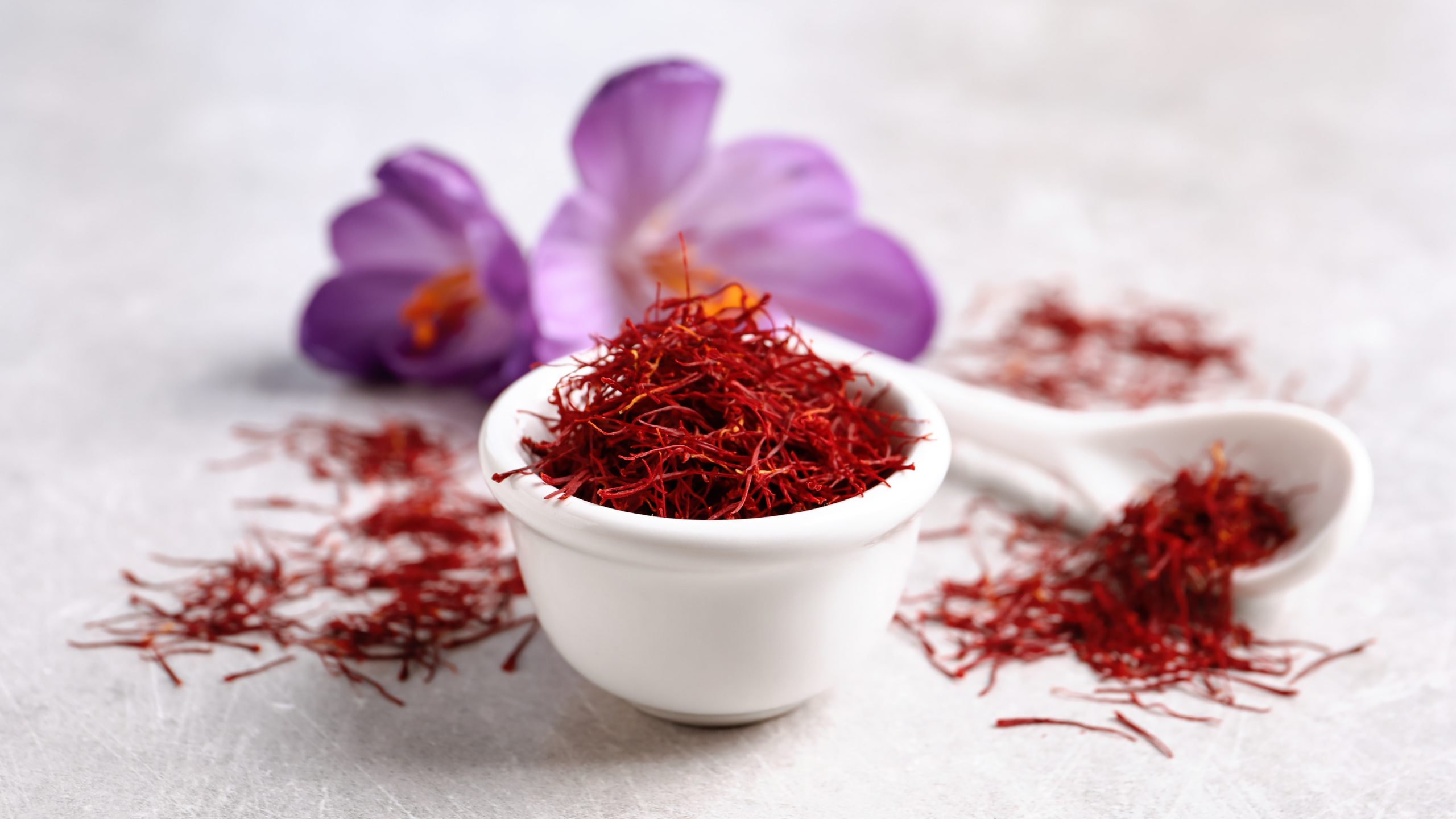Saffron, with its deep red color turning yellow when cooked, is the most precious spice in the world. In thirteenth-century Tuscany, the incredible gains of the Italian saffron trade allowed for the construction of San Gimignano’s stunning towers. It takes 4,600 saffron flowers to produce one ounce of saffron and the price per ounce can reach thousands of dollars.
The saffron is an autumn crocus, and its splendid lilac-colored flowers only bloom for about 20 days. Its flowers have three pistils, which after a careful and delicate processing procedure, become edible powder. The production of saffron is influenced by the cultivation area and the climate. Originally from Asia Minor, it was introduced in Spain by the Arab conquerors.
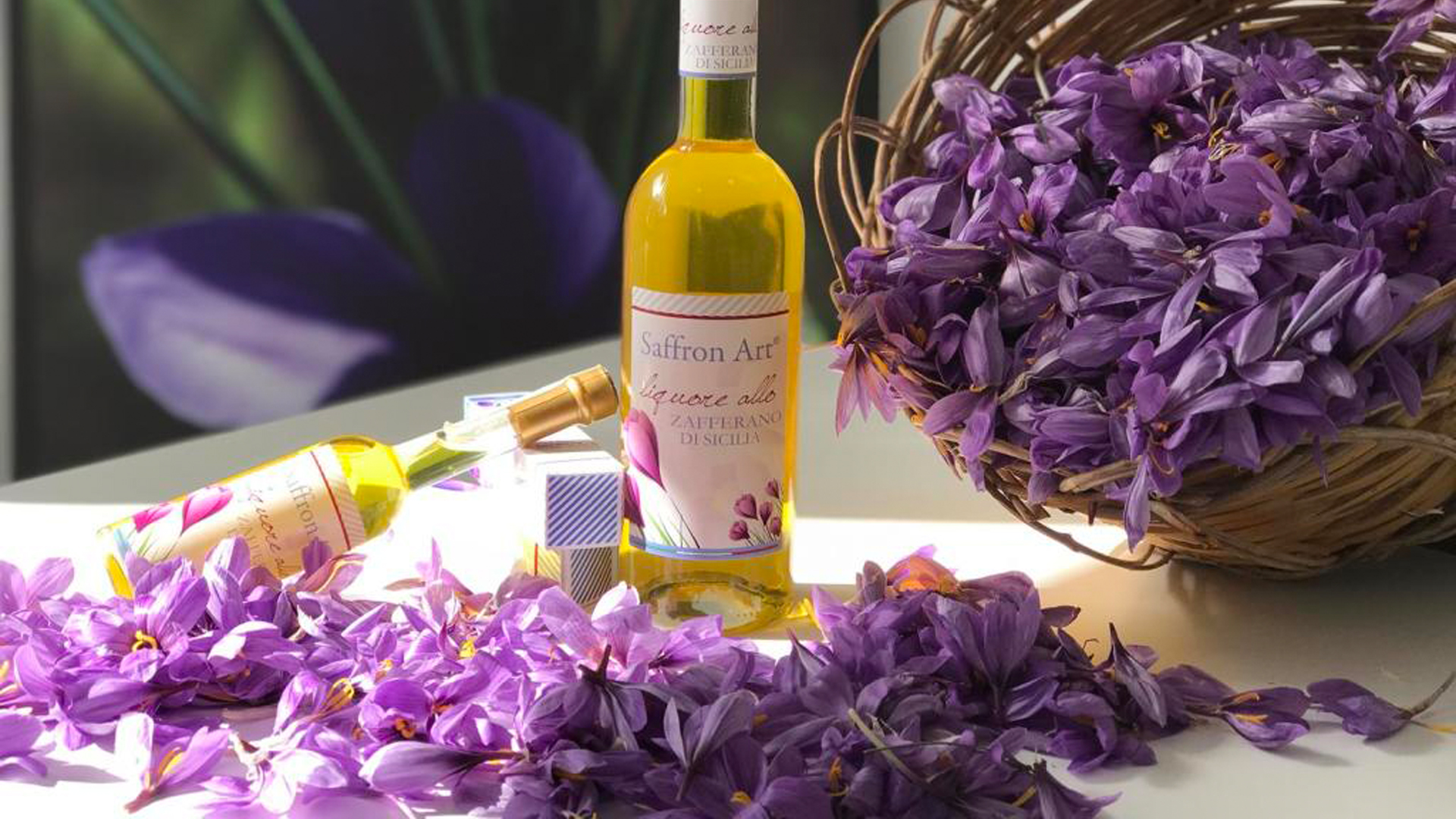
Saffron is one of Italy's most appreciated ingredients, versatile and tasty. Rice, pasta, gnocchi, ravioli, meat, fish, vegetables, and even honey get along perfectly with the yellow spice. In addition, saffron has always been considered the most powerful natural antioxidant with additional digestive properties. The introduction of saffron in Italy may have been the work of a monk from Abruzzo in the fourteenth century, although some sources believe the spice was already in use in Sicily at that time. Let’s discover Italian territories that have distinguished themselves for the production of saffron.
Abruzzo
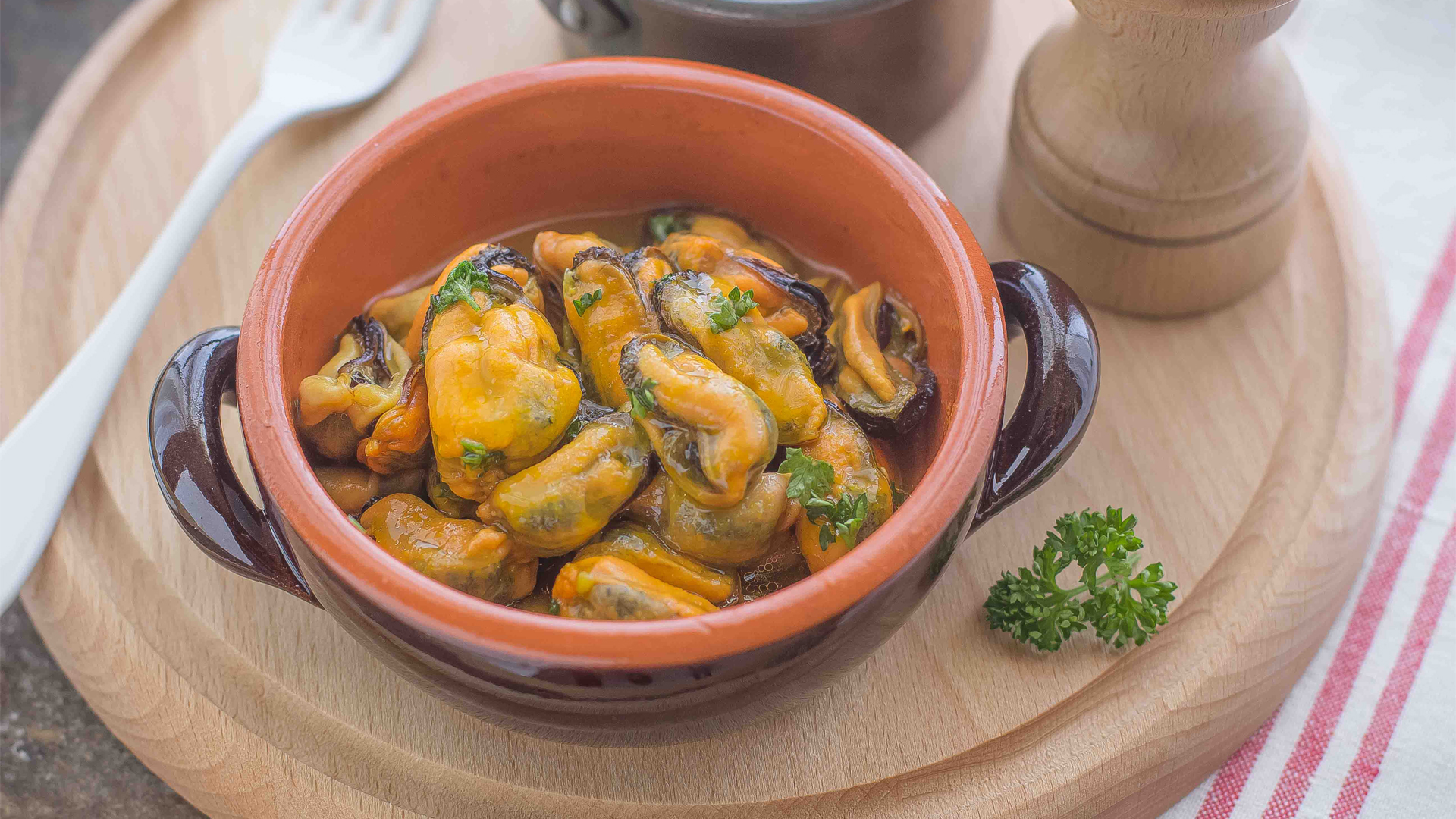
Abruzzo, a region bordering the eastern coast of central Italy, earned the prestigious nickname “The Land of Yellow Gold” thanks to its production of saffron. L’Aquila saffron, celebrated in 2008 with a postage stamp in its honor, was registered on the PDO (Protected Designation of Origin) list in 2005 and is mostly cultivated on the Navelli Plaine, a splendid territory with porous karst soil that avoids water stagnation. A priest named Father Cantucci brought Saffron to Abruzzo in 1300 a.d. and the ensuing riches of the spice trade prompted the building of a basilica and hospital. Another important area to mention for cultivation is the small city of Cocùllo in L’Aquila province of Abruzzo.
Tuscany

If Tuscany is among the destinations of your next Italian trip, you could plan on visiting in autumn to experience the saffron harvest in the unforgettable medieval town San Gimignano. The Tuscan PDO guarantees excellent production cultivated mainly in Val d’Orcia, a valley region in the province of Siena. The spice has been produced and marketed here since the early thirteenth century when trade-route networks to Egypt and Syria crossed the area. Over time, saffron turned into a real currency of exchange and many noble families managed to make their fortune thanks to its trade.
Sardinia

In Sardinia, one of the most beautiful islands in the world known for its mild climate throughout the year, we find a massive production of saffron. The presence of this spice in the territory has ancient origins and is traced back to the time of the Phoenicians. The culture spread in Roman and Byzantine times due to the product’s many uses, from color dyeing to healthy therapies. Sardinian PDO saffron is produced mainly in the cities of Turri, Villanovafranca, and San Gavino Monreale and the final product has a very intense flavor and high coloring power, generally superior to other saffrons. One of the most beautiful bays in the world, south of Sardinia, is called Porto Zafferano. What a coincidence!
Emilia-Romagna
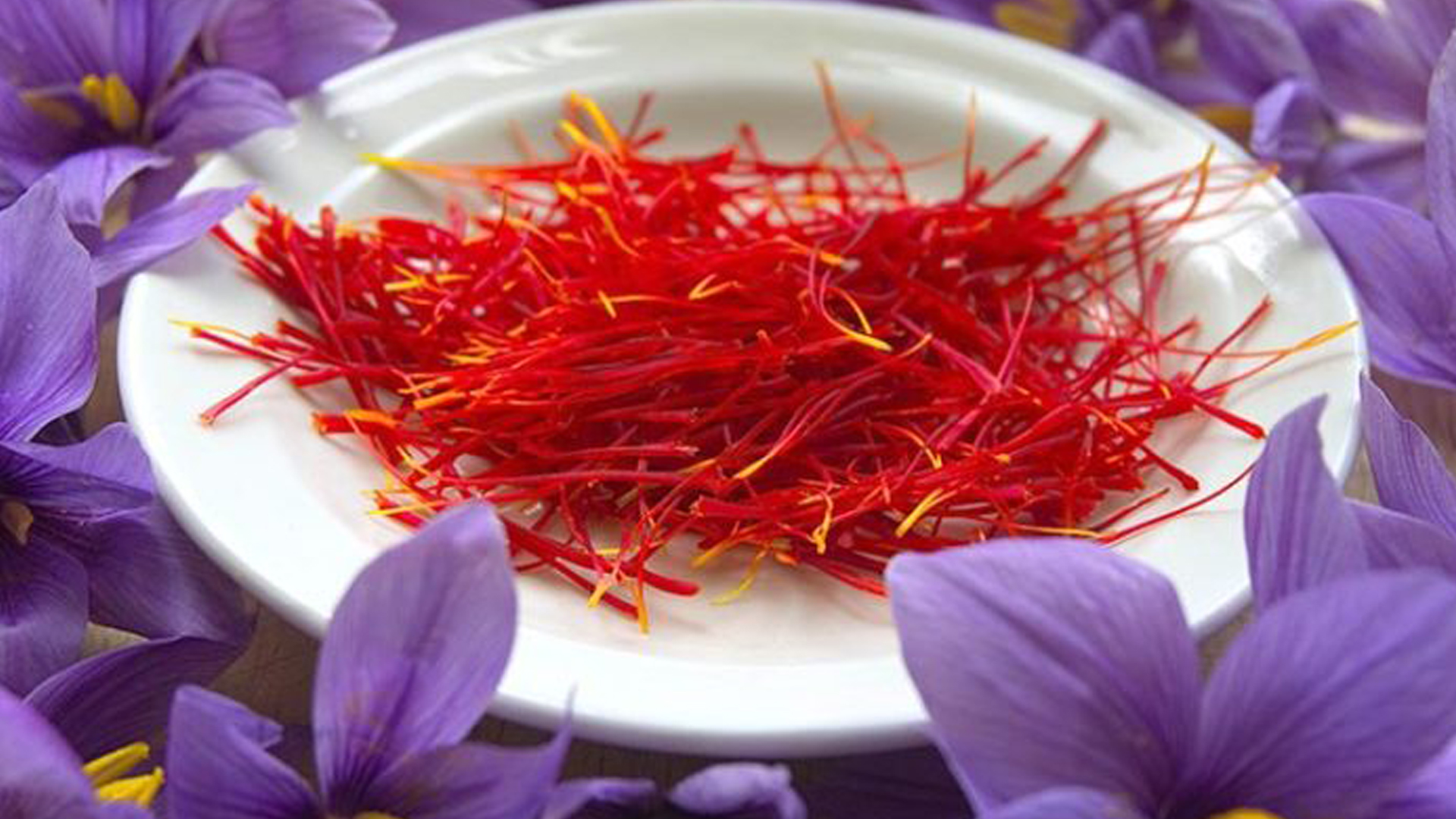
Historical sources reveal that the Emilia-Romagna’s cultivation of saffron has existed since the eighteenth century. Unfortunately, a terrible famine occurred around the second half of the 1700s and forced farmers to replace the bulb with less valuable crops fundamental for daily sustenance, such as wheat. In modern times, it is possible to find saffron produced by small and medium-sized companies in territories such as the small city of Talamello, close to Rimini, and in the Faenza’s hills, not far from Parma.
Friuli Venezia-Giulia

Friuli Venezia-Giulia’s history, culture, agriculture, and cuisine are the result of the contact between the Po River Valley and Central Europe. In recent years the cultivation of saffron is also spreading, together with its most famous typical productions, creating a map of flavors that tells about the relationship between man and nature in a land made of hard mountains as well as fertile plains.
Lazio
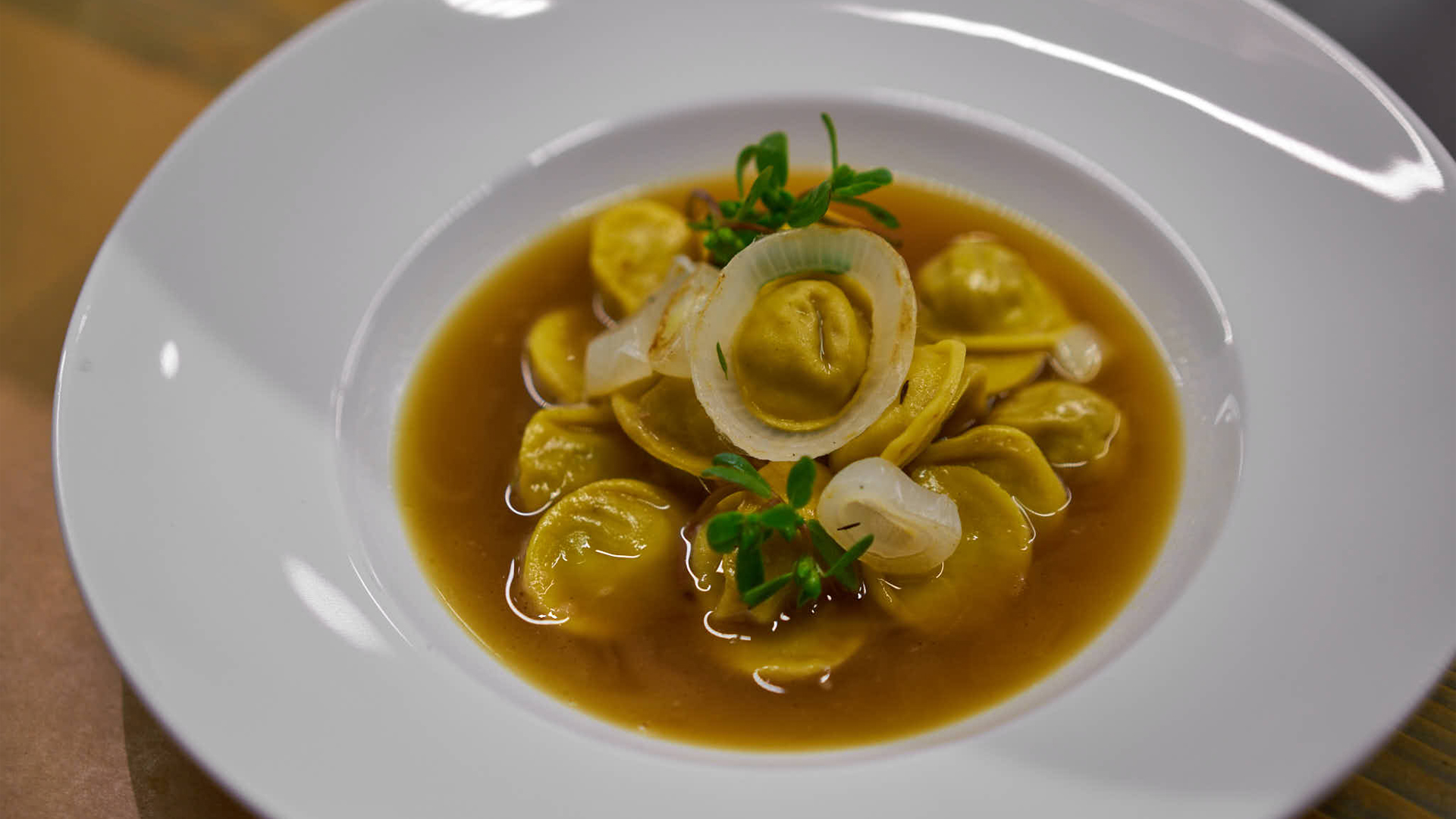
The hills of Cori, at 2,263 feet above sea level, represent an optimal altitude for cultivating saffron flowers. Here saffron is grown in a completely natural and manual way, free of chemicals. The harvest takes place at the first light of dawn so that all the properties of the spice remain intact. On harvest day the pistils are removed from the rest of the flower completely by hand and dried at 113 degrees Fahrenheit. The result is a high-quality product uncontaminated by resins or smoke, perfect for the highest quality gastronomy.
Sicily
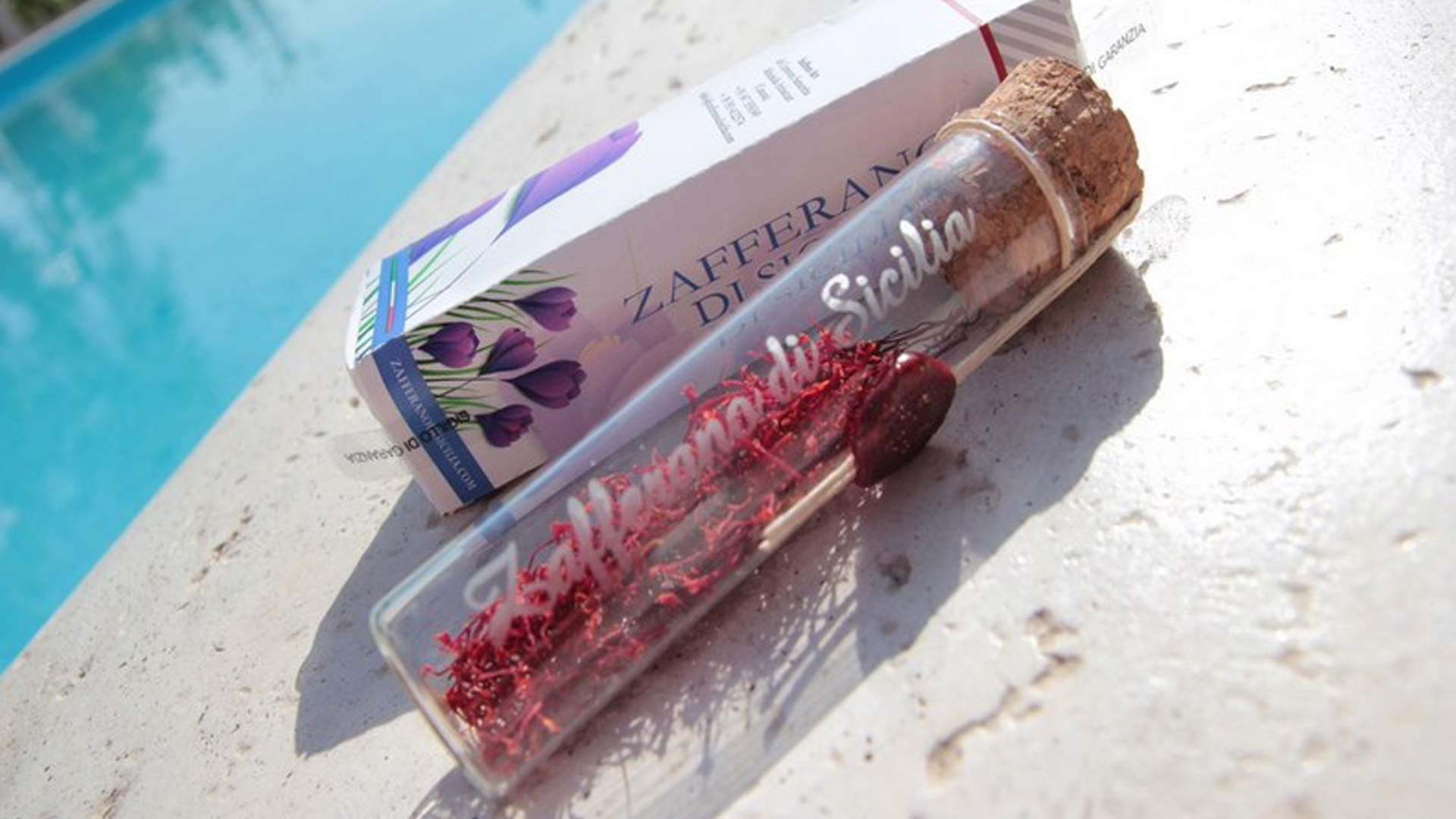
Sicily boasts a great agricultural tradition—during the era of ancient Rome it was known as “Italy’s granary.” The cultivation of saffron, traditional in this region especially in the city of Enna, has increased in recent years, continuing the evolving story of Sicily in the nation’s gastronomic history.
Umbria

In Italy’s Umbria region, saffron is grown in small plots scattered in territories such as Spoleto, Gubbio, Cittàdella Pieve, and Cascia. As in Tuscany and Abruzzo, in Umbria, the knowledge of the spice has origins in the thirteenth century. The oldest saffron purchase document was found in the accounting books of the monastery of Santa Maria di Valdiponte in an entry dated February 2, 1226. In our time, after a gradual decline in interest in Umbria saffron production, the Slow Food Movement rejuvenated interest and the region’s traditional cultivation has successfully returned.
Barbara Benzoni
Barbara Benzoni was born in Milan and lives between Rome and Tuscany. She is devoted to USA, the land of courage and innovation. She’s Peter's super-lucky mum and Ale's wife. Cinema, art, good food and only beautiful things are the themes of her existence. With a degree in Italian literature and a Masters in Sports Management she can both enjoys books and basketball matches. In 25 years she has been organizing sport events all over the world and she’s been lucky enough to meet the greatest champs ever. Curiosity in everyday life and people are her drivers. Her personal icon is Mohammed Ali : "It's not bragging if you can back it up".


